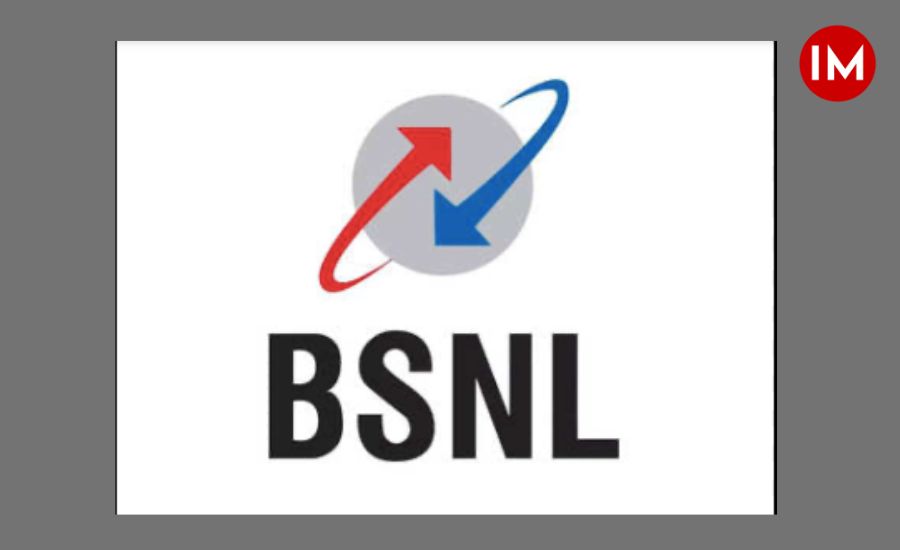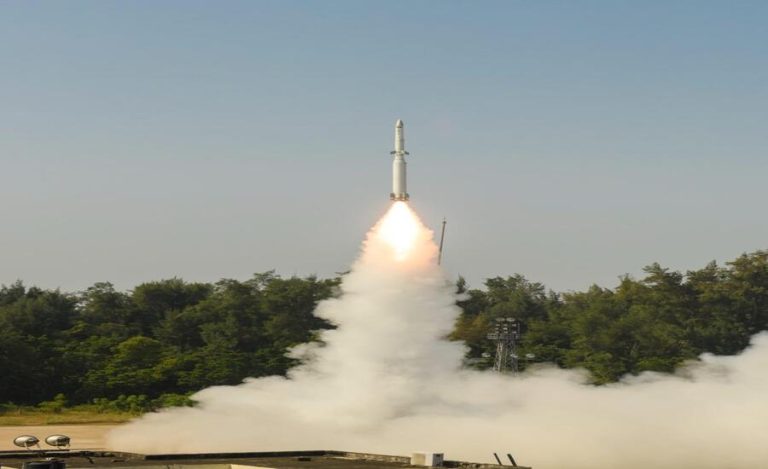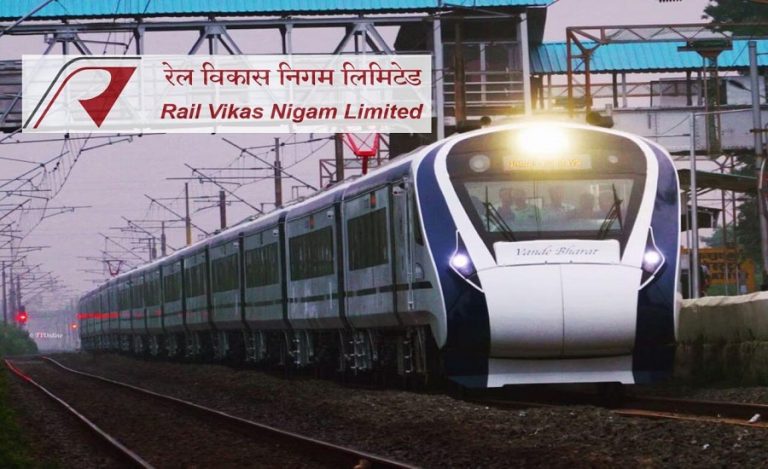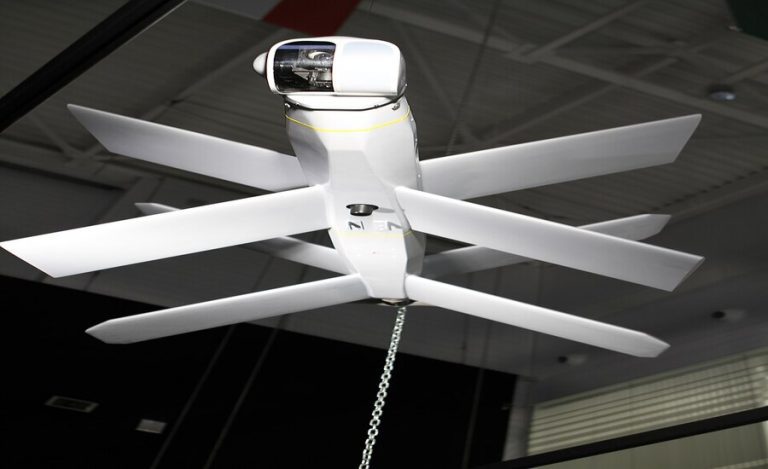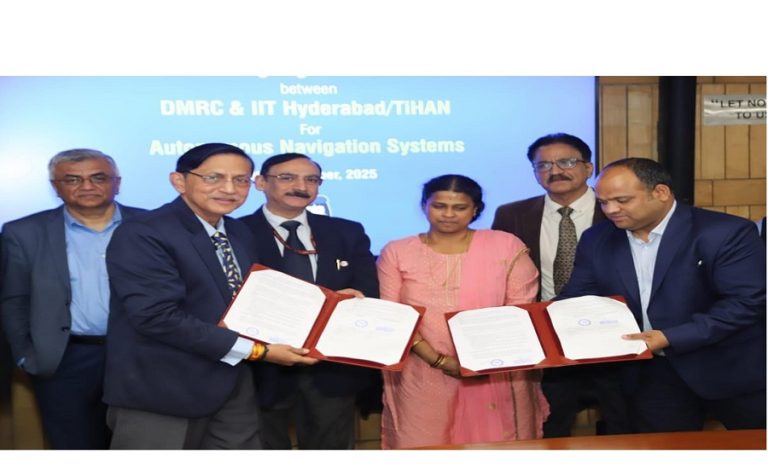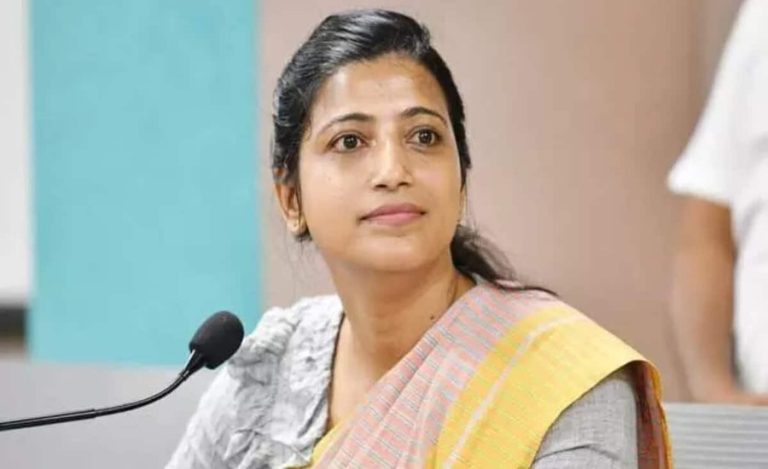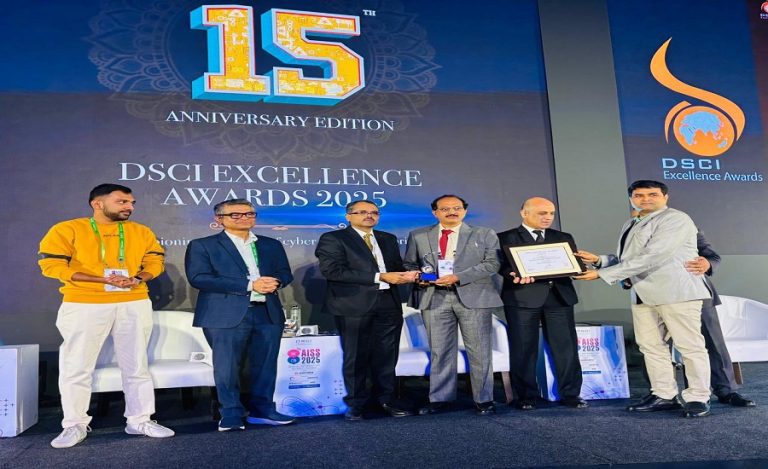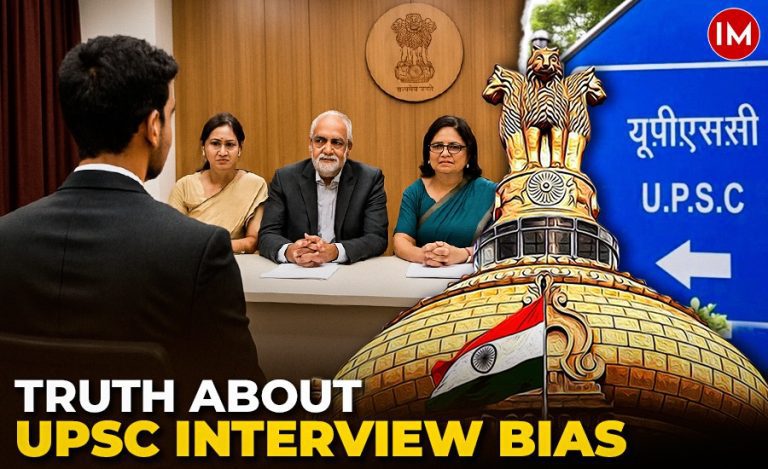State-owned Bharat Sanchar Nigam Limited (BSNL) is making strides toward profitability and enhanced customer satisfaction, achieving a net profit of ₹262 crore in the October-December quarter, its first profit in 18 years, Minister of Communications Jyotiraditya Scindia informed the Rajya Sabha on Thursday. The company also added 55 lakh new users in the past six months.
Financial Turnaround and Growth
BSNL’s financial performance saw a remarkable turnaround. The company, which had reported a loss of ₹1,262 crore in the same quarter of FY 2023-24, recorded an operating profit of ₹1,500 crore in FY 2024-25. Scindia attributed this improvement to cost rationalization, leading to a 9% increase in topline revenue and an 18% reduction in operational costs.
Customer Base Expansion
BSNL’s efforts to expand its customer base have yielded significant growth. The company’s subscriber count increased from 8.55 crore in June 2024 to 9.1 crore in February 2025, adding 55 lakh customers in less than a year.
4G & 5G Rollout and Indigenous Technology
The minister emphasized that BSNL’s ongoing 4G expansion is crucial for its future. Out of the planned 1 lakh 4G towers, 73,326 towers are now operational, covering a vast network. BSNL will transition to 5G only after 4G deployment is complete.
In line with the Aatmanirbhar Bharat initiative, BSNL’s 5G rollout will rely exclusively on indigenous (swadeshi) telecom equipment. Scindia highlighted that India has joined the ranks of Finland, Sweden, China, and South Korea in developing its own 4G telecom network technology.
Expansion in Rural and LWE Areas
Efforts are also underway to improve connectivity in left-wing extremism (LWE) areas and remote regions. BSNL has deployed 2,343 towers in LWE regions, of which 510 towers have already been upgraded to 4G.
In Himachal Pradesh, 660 towers have been planned for 100% saturation, with 423 already operational, achieving a 65% target completion. Additionally, 37 out of 38 planned border-area towers have been installed, ensuring 99% connectivity in strategic locations.
Regulatory Measures and Market Competition
Scindia dismissed media reports about militants in Manipur using Starlink devices, clarifying that the recovered equipment was non-functional. He reiterated that no Indian citizen or entity can use satellite communication services without a government license.
On competition, the minister stated that while the entry of Starlink and other global players is welcomed, the government remains technology-agnostic and will continue to prioritize consumer choice and digital accessibility.
BSNL’s resurgence marks a significant milestone in India’s telecom sector revival, showcasing the potential of strategic reforms and government-led initiatives to transform public enterprises into profitable, customer-focused entities.

